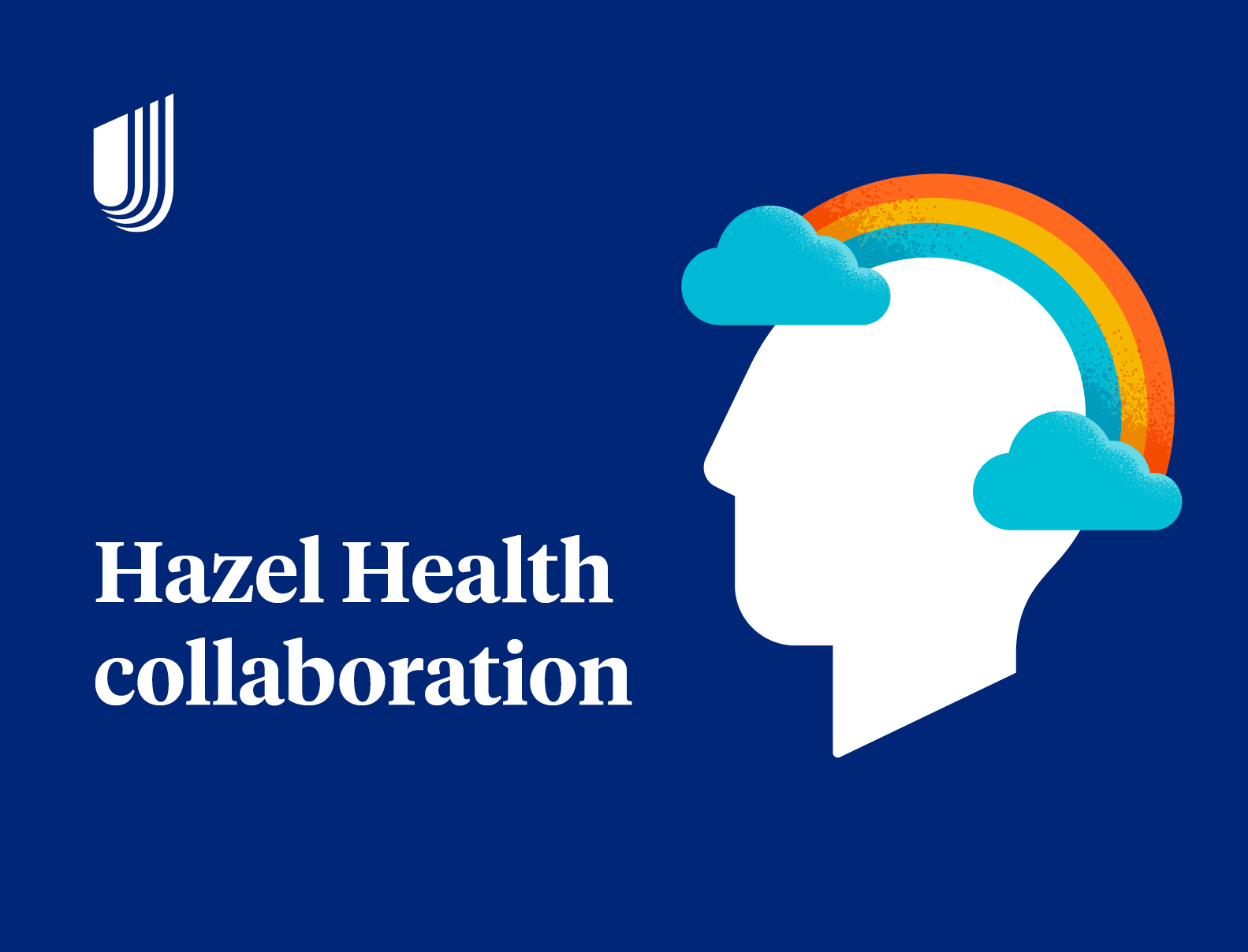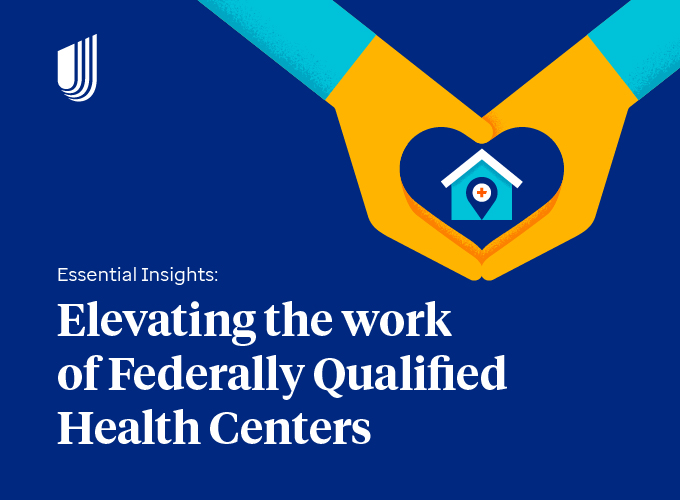The Centers for Medicare and Medicaid Services (CMS) introduced the Making Care Primary (MCP) Model on June 8, 2023 as a voluntary program that will be tested in eight states.1 Projected to span 10.5 years, the model offers an opportunity for primary care providers to receive tailored support in converting to a value-based care (VBC) system – strengthening care management, community connection, and care integration practices.
Committed to providing the highest quality primary care experience to its members, UnitedHealthcare will be participating in the MCP model for plans located in eligible states.
MCP differs from its predecessor, Primary Care First (PCF), in that it does not require participating organizations to have a strong background in VBC. The prior PCF model incentivizes primary care organizations that have prior experience with value-based payments to prioritize value and quality in their services through outlined mandates.2
In contrast, MCP encourages participation from organizations with varying levels of value-based care experience. Building upon PCF mandates, MCP additionally requires participating payers to adhere to steps outlined in the three-track system.
Three-track design
Payers approved for the MCP program will be assigned to a progressive track determined by their level of VBC experience – moving to the next track upon completion of required steps.3
Track 1: building infrastructure
- Providers have no prior value-based experience. Payers conduct research and design an action plan for the implementation of advanced primary care services.
- Providers risk-stratify their population and build out workflows from the resulting data. Payers must then identify optimal staff for chronic disease management and conduct health-related social needs (HRSN) screenings and referrals.
- Payment for primary care will remain fee-for-service.
Track 2: implementing advanced primary care
- Providers have foundational experience in VBC. Payers establish advanced primary care services.
- Providers are required to partner with social service providers and specialists, implement care management services, and screen for behavioral health conditions.
- Payment for primary care will transition to partially prospective payments.
Track 3: optimizing care and partnerships
- Providers are well-versed in VBC. The purpose of this track is to build upon existing advanced primary care services.
- Providers are required to utilize quality improvement frameworks in the optimization of workflows. Providers must then address isolated processes to reinforce care integration, enhance social service and specialty partnerships, and strengthen community resource relationships.
- Payment for primary care will transition to fully prospective payments.
Eligibility
The MCP model will be available in the following eight states: Colorado, Massachusetts, Minnesota, New Mexico, New Jersey, New York, North Carolina, and Washington. Consideration for MCP enrollment is contingent on organizations that:1
- Exist as a legal entity formed under applicable state, federal, or Tribal law authorized to conduct business in each state that it operates.
- Have enrolled in Medicare.
- Bill for health services furnished to a minimum of 125 attributed Medicare beneficiaries.
- Have at least 51% of their physical primary care sites located in an MCP state.
Multi-payer alignment approach
Through partnership with state Medicaid agencies, other payers, and the facilitation of partnerships with social service providers, CMS aims to increase accessibility of high-quality care.3
The Multi-Payer Alignment Approach consists of the following three features:
Directional alignment
- Collaboration between CMS and MCP payers focused on reducing the burden on clinicians.
Starting with State Medicaid Agencies (SMAs)
- Collaboration between CMS and SMAs with the goal of streamlining payment reform.
Refreshed investments and resources
- Practice and patient-level data made available to MCP participants through CMS, SMA, and payer partnership.
Deadlines
Interested provider organizations are encouraged to submit a non-binding letter of intent to support CMS recruiting efforts. The Request for Applications document and application form will be available August 2023. Applications must be received by November 2023.
CMS will be soliciting formal interest from payers beginning in October 2023 and selecting participating payers in January/February 2024.
Health equity strategy
The Center for Medicare and Medicaid Innovation posits that the success of the MCP program rests upon full adherence to equitable care defined by CMS as, “The attainment of the highest level of health for all people, where everyone has a fair and just opportunity to attain their optimal health…”
Within MCP, equitable care strategy includes a selection of payments adjusted by social risk, collection of data by CMS to assess health disparities for participants, a plan for the identification and minimization of disparities in payer communities, reduction of cost-sharing, and implementation of HRSN screenings.
Resources
More information about the MCP model, supporting documents and contact information for the MCP Model team can be found on the CMS website.1
More information on payment types and incentives can be found on the MCP Model Overview Factsheet.
Stay up to date on Medicaid insights through the Community & State newsletter.











